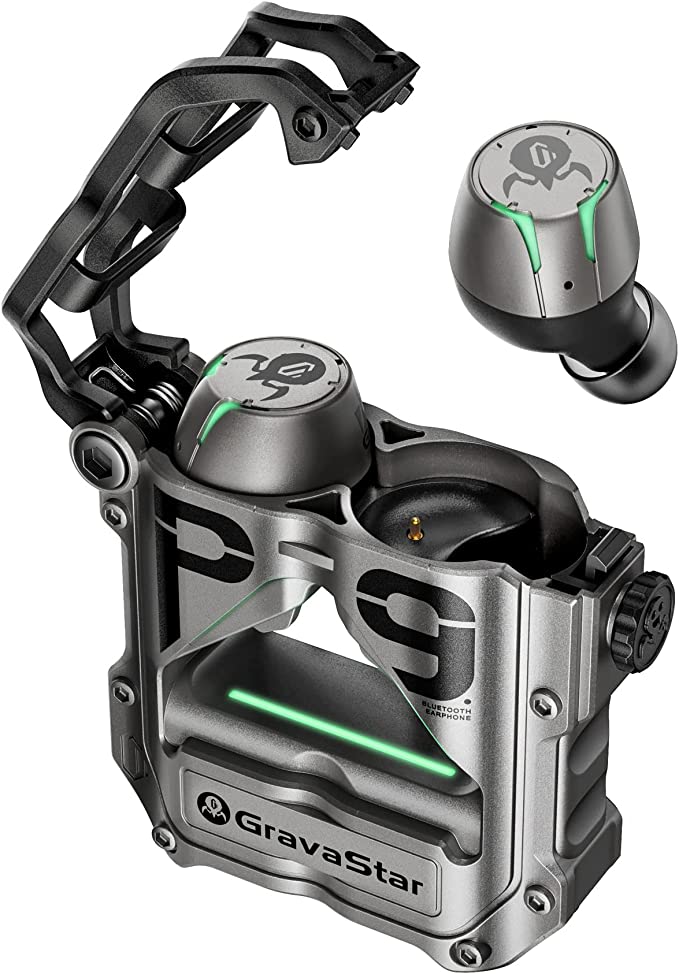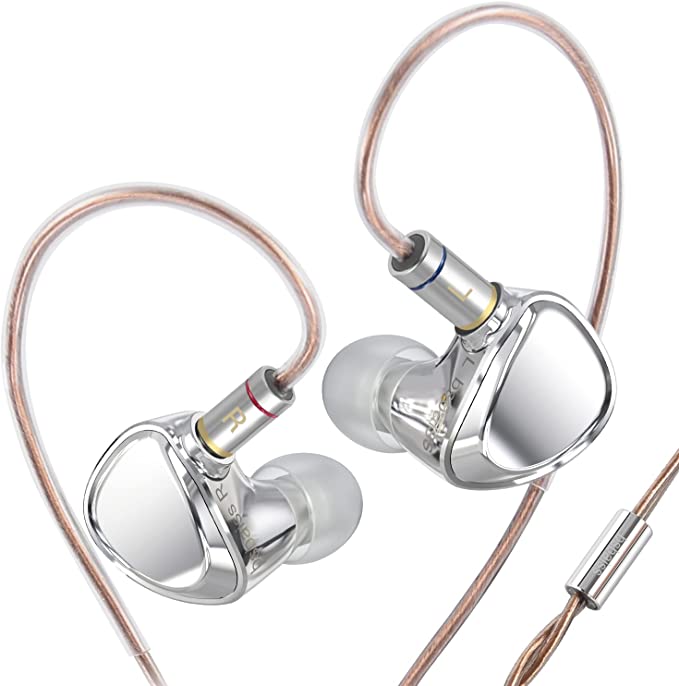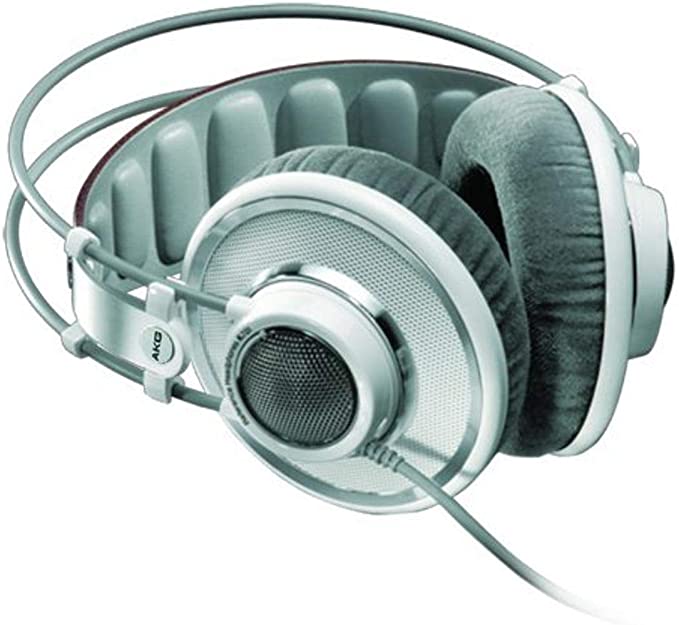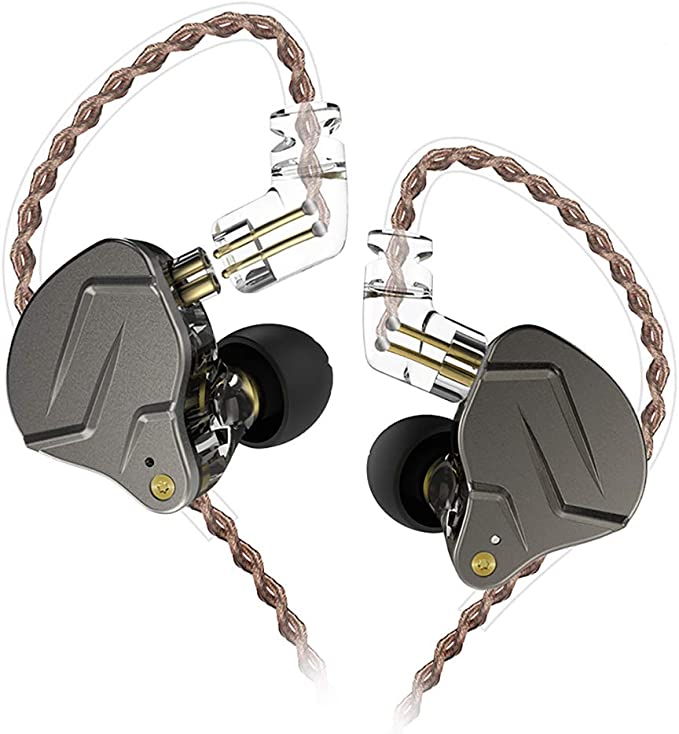The Listener as the Engineer: Deconstructing the Science of Tunable Multi-Driver IEMs
Update on Nov. 14, 2025, 4:31 p.m.
The quest for audio perfection has led engineers down a path of incredible miniaturization and specialization. In the world of high-fidelity in-ear monitors (IEMs), the pinnacle of this pursuit is the multi-driver hybrid system—an approach that treats the earphone not as a single speaker, but as a miniature orchestra. Each component is a master of its craft, working in concert to reproduce sound with breathtaking detail and accuracy.
But what if the listener could do more than just listen? What if they could step onto the podium and conduct this orchestra themselves, tailoring the performance to their unique taste and hearing? This is the frontier of customizable audio, a fascinating intersection of acoustic science and user empowerment. To understand this concept, we will deconstruct the architecture of a highly sophisticated system, using a device like the FiiO FA9 as our engineering blueprint to explore the science that allows you to become the final master of your own soundscape.

The Orchestra Within: Assembling a Team of Sonic Specialists
The foundation of a high-resolution IEM is the quality and specialization of its drivers. The FiiO FA9 eschews the common single-driver approach in favor of an ensemble of six Balanced Armature (BA) drivers from the renowned manufacturer Knowles in each ear. A BA driver operates with incredible speed and precision, making it a specialist at reproducing fine details. By creating a multi-driver array, engineers can assign specific frequency ranges to drivers that are acoustically optimized for that task.
Think of it as casting the perfect musicians for an orchestra: * The Woofers (Low Frequencies): The FA9 employs a Knowles HODVTEC-31618 dual-driver setup for the bass. These are the cellos and double basses, engineered to produce a dynamic, textured, and authoritative low end without becoming slow or “boomy.” * The Mid-Range (Vocals and Instruments): A custom Knowles EJ-33877 driver handles the critical mid-frequencies. This is the lead vocalist, meticulously tuned to render voices and core instrumental tones with a lush, realistic, and emotionally engaging character. * The Tweeters (High Frequencies): A Knowles SWFK-31376 driver is tasked with the high and ultra-high frequencies. This is the flute and piccolo section, responsible for the delicate “air,” sparkle, and micro-details that create a sense of space and realism.
This division of labor, orchestrated by a sophisticated four-way electronic crossover, ensures that no single driver is strained by trying to reproduce the entire audible spectrum. The crossover acts as the conductor, precisely splitting the audio signal and directing each frequency band to its dedicated specialist. The result is a sound of immense clarity, where each layer of a complex musical piece can be distinctly heard.
Sculpting the Sound Before It’s Made: The Role of Acoustic Design
The performance of these high-tech drivers is deeply influenced by the physical environment they inhabit. Advanced IEMs utilize their shell not just as a casing, but as a crucial acoustic tool.
DLP 3D Printing: The FA9’s shell is created using 4th generation DLP 3D printing. This advanced manufacturing technique allows engineers to create incredibly complex and precise internal geometries that would be impossible with traditional methods. These internal chambers are acoustically modeled to eliminate unwanted resonances and to ensure that the sound waves from the six drivers combine coherently before reaching your ear.
The Ultra-Long Sound Tube: One of the most fascinating examples of this physical tuning is the 80.6mm ultra-long sound tube connected to the bass drivers. This tube functions as a physical low-pass filter. Based on the principles of acoustics, the length and diameter of a tube naturally attenuate higher frequencies. This elegantly simple, non-electronic solution filters out any unwanted high-frequency harmonics from the bass drivers, ensuring a cleaner, smoother transition to the midrange drivers and enhancing the overall texture of the bass.

The User as the Engineer: A Mixing Console for Your Ears
This is where the FA9’s design philosophy truly empowers the listener. It features three physical sound adjustment switches on each earpiece, effectively putting a miniature mixing console at your fingertips. These switches directly manipulate the electronic crossover circuit, allowing you to alter the fundamental character of the sound.
- S1: Impedance & Sensitivity: This switch is about the relationship between your earphones and your audio source. The “on” position (low impedance) makes the FA9 easier to drive, perfect for getting robust volume from a smartphone. The “off” position (high impedance) is ideal for dedicated, high-power audio players, often yielding a cleaner sound with a “blacker” background noise floor.
- S2: Treble Boost: This allows you to choose between a “normal” balanced treble and a boosted setting. For those who love the sparkle of cymbals in rock music or the crisp detail in electronic tracks, the treble boost can add an extra layer of excitement and energy.
- S3: Bass & Midrange Balance: This switch lets you shift the focus of the sound. The “on” position reduces bass and enhances the midrange, bringing vocals and instruments forward—ideal for acoustic tracks or podcasts. The “off” position does the opposite, increasing the bass presence for a warmer, more powerful sound favored for classical or cinematic music.
This level of granular, hardware-level control is a rarity. It acknowledges that the “perfect” sound is subjective and fluid. It allows a single pair of IEMs to adapt to different genres, different source equipment, and even different listening moods. One user, who experiences extra sensitivity to certain high frequencies, noted that this system allowed them to “find the perfect balance” and listen for hours without fatigue—a powerful testament to the value of personalization.
Conclusion: A New Paradigm of Personal Fidelity
The architecture of a high-end, multi-driver IEM like the FiiO FA9 represents the pinnacle of personal audio engineering. It is a harmonious system where specialized balanced armature drivers act as master musicians, a complex electronic crossover serves as the conductor, and advanced manufacturing creates the perfect acoustic hall.
But its most revolutionary feature is the one that hands the conductor’s baton to you. The inclusion of physical tuning switches transforms the act of listening from a passive experience into an active, creative process. It is an acknowledgment that the ultimate arbiter of sound quality is not a measurement rig, but the listener’s own ear. By providing the tools to sculpt and shape the sound, it offers a journey towards a truly personal high-fidelity experience—a sound that is not just technically accurate, but perfectly in tune with you.



























































